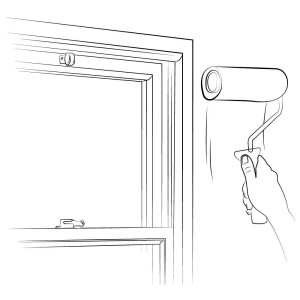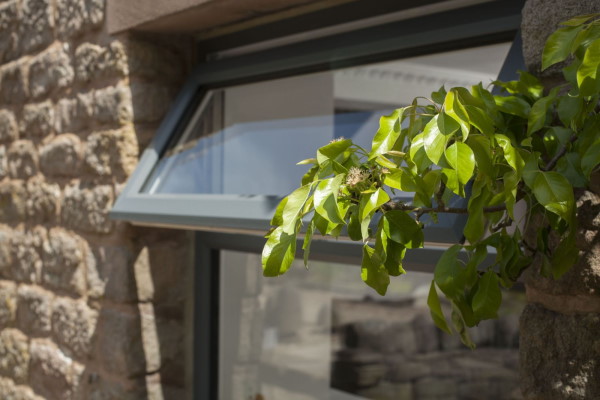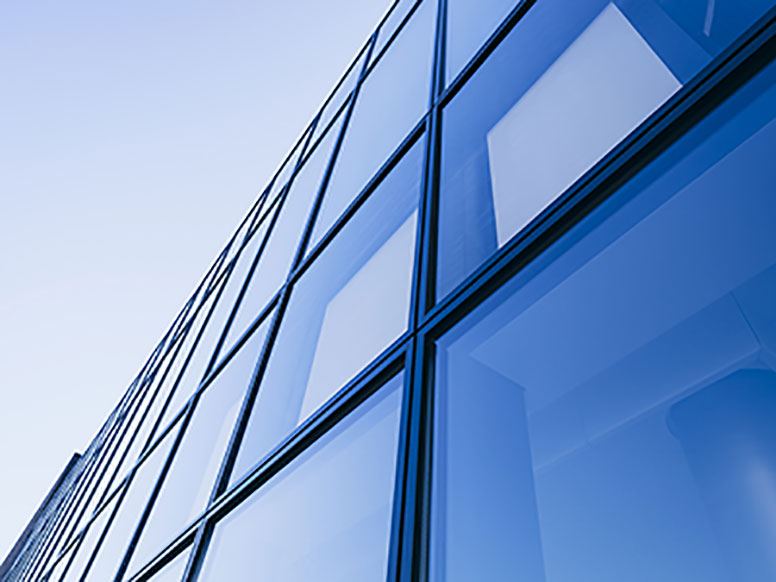All Categories
Featured
Table of Contents
Magnetite: Australian Retrofit Double Glazed Windows in Huntingdale WA
Laminated glass is often used in areas in the home most susceptible to injury from human impact such as restrooms, doors, around staircases and in areas close to the flooring (it meets the requirements of 'safety glass' that is mandated for usage in these locations by Australian Standard AS 1288 Glass in buildings).
Toughened glass has actually been 'tempered' by being reheated and rapidly cooled once again. This procedure makes it much stronger than standard glass it can withstand higher effect loads before breaking. It also makes it much safer due to the fact that, when it does shatter, it gets into many little cubic pieces instead of dangerous shards.
Diy Double Glaze in Cloverdale Perth
However, toughened glass has no thermal or acoustic benefits over other glass of the very same toning or density. Secondary glazing is where single-glazed windows are retrofitted with a transparent acrylic or glass sheet connected to the within of the frame or openable sash with a secondary frame or with magnetic strips.


Secondary glazing will not carry out too thermally as a produced IGU, considering that it is difficult to completely seal the perimeter, but it can offer great sound control. Window films are a thin polymer movie consisting of a taking in dye or reflective metal layer, with an adhesive support. They adhere to your glazing to change its colour or make it reflective.
Climateframe Double Glazing: Perth's Double Glazed ... in Viveash Western Australia
Applied to existing glass, some window movies can cut in half the overall SHGC of the window by soaking up and/or reflecting solar radiation. This can be particularly helpful in hotter climates where cooling is the main concern, or on east and west elevations straight exposed to extended periods of sunlight. Window films may also decrease noticeable light transmittance.

For this reason, it is usually best to utilize a certified installer of window film. Frames have a significant effect on the thermal efficiency of windows and doors, because energy can be gained and lost through the frame, along with through the glass. Various kinds of frame will permit various levels of heat gain and loss, so mindful option of frame is very important for efficient passive design.
4 Benefits Of Double Glazed Windows In The Summer in Mirrabooka Western Australia
Aluminium is likewise a really good conductor of heat and will reduce the insulating value of a glazing unit, unless particularly crafted to minimize this. A 'thermally broken' frame is comprised of 2 aluminium sections connected by a structural insulator (usually a low-conductivity structural polymer). This 'breaks' the thermal connection through the aluminium and decreases the heat flowing through the frame.
Wood frames are a great natural insulator that can match some house designs. Lumber frames should be made from species that have naturally high resilience or be dealt with to avoid decay and contortion.
Double Glazing Versus Secondary Glazing in Martin WA
(weather condition removing) is set up.
u, PVC doors and windows have excellent thermal performance Photo: Ben Wrigley (Light House Architecture and Science) Composite frames use aluminium profiles on the external areas with either a timber or u, PVC inner section. These integrate the low maintenance and durability of aluminium with much improved thermal performance.
Table of Contents
Latest Posts
How Much Money Does Double New Glazing Save? in Piesse Brook Western Australia
Does Double Glazing Reduce Heat In Summer Uk? in Hocking Western Australia
Summer House Windows Online - Windows24.com in WA
More
Latest Posts
How Much Money Does Double New Glazing Save? in Piesse Brook Western Australia
Does Double Glazing Reduce Heat In Summer Uk? in Hocking Western Australia
Summer House Windows Online - Windows24.com in WA